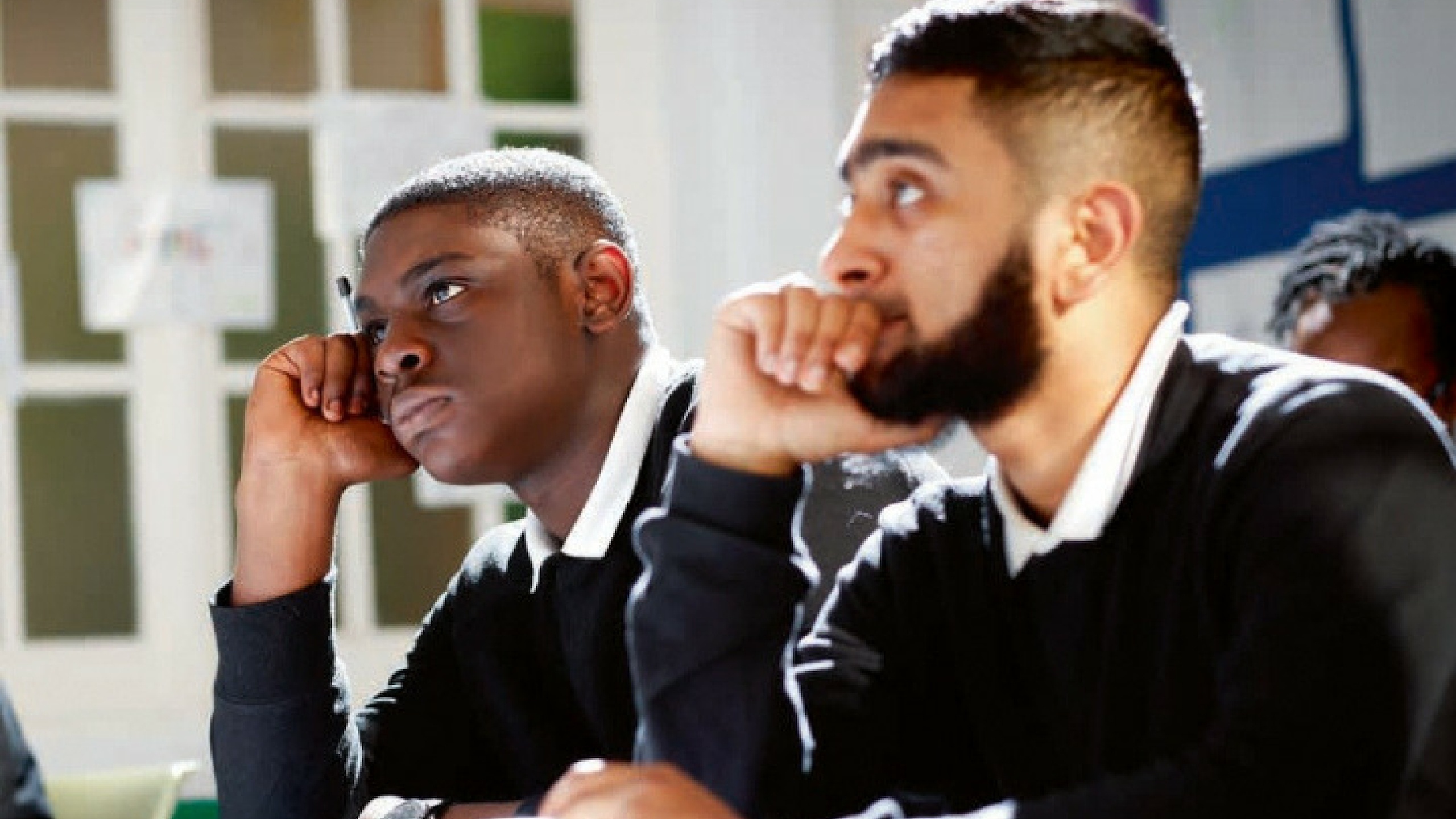How can you tell if a student is ready to change?

Before engaging with a student to change disruptive behaviours or improve attainment levels; have you first assessed their readiness for change?
Before any intervention can effect change in a student’s life, Miller, W.R & Rollnick S. (1991) states that the student must first;
- Stop resisting and raising objections
- Ask fewer questions
- Appear more settled, resolved, unburdened or peaceful
- Make self-motivational statements
- Start to imagine what things may look like, after the change
With more than twenty-five years of clinical practice and fifteen years coaching experience, David Steele writes that there are six stages to change and recognising the change.
At The Mentoring Lab, when planning and delivering a programme of support for a student or group of students, we incorporate Mr Steeles ‘Readiness For Change Model’ to ensure we are strategic in; developing robust relationships and effectively supporting the students’ progress to agreed outcomes.

Ultimately our aim is to ease the student ‘into’ the intervention plan, ensuring WE ‘start where THEY are at’. Seamlessly enabling them to transition onto the beautiful journey of positive and beneficial change.
Stage 1: The Pre- Contemplation Stage
Please note! At this stage, making change is probably the last thing on the student’s mind. In fact, they may not have considered making any beneficial changes at all. At this stage, the student is simply not ready to make a significant change.
They may not understand or appreciate the need for change, nor fully understand the impact their current attitude or behaviour may be having on others.
Stelle recommends, that when engaged with a student at this stage, it is essential to create a safe, non-judgemental, non-forceful space for exploration and assessment of the required change.
Stage 2: The Contemplation Stage
At this stage, a student may be considering making a, or some changes. As their educator you may find they; do not know how to make a change, what actions to take and may likely have some anxiety about the consequences of change. (Remember, when anyone makes a significant change in their life, we all become vulnerable to the criticism of others, may lose the interest of friends and thus miss out on highly important social events).
Stelle recommends that at this stage, educators should assist the student in exploring the benefits and consequences of changing and staying the same. This can be achieved by using the Decisional Balance coaching tool. The aim of the Decisional Balance coaching tool is to find achievable step by step strategies to support the transition.

Beware! The risk of this stage is what can happen if the student thinks about the pros and cons of change, without adequate support. Without guided critical analysis, the student may result in deciding not to take any action at all.
Stage 3: The Preparation Stage
During the preparation stage, the student readily gathers information and resources, explores possibilities and prepares to act on making the change in their life. This is where exploring the accountability of the educator, parents or carers, the student and the wider school is of utmost importance and a critical ingredient for achieving successful and sustainable outcomes.
At this stage, educators are recommended to model, mentor and support the student in exploring beneficial resources, identifying achievable outcomes and creating a safe space for them to address their accountability, willingness to act on making the change and any foreseeable issues that may arise from the change.
Stage 4: The Action Stage
Stage 4 is where all the action happens and is the most empowering stage. As the result of the three previous stages, the student is motivated and starts taking action (with and without external encouragement); practising their new attitudes and behaviours, with an openness to reflect on the ripple effect of the changes they have made.
“Your role as their educator is to ensure your students’ actions are in alignment with and beneficial to the agreed outcomes.”
Here the aim is to clearly see any large or small achievements in print, to explore past actions, amend future goals and reward their progression.
Stage 5: The Maintenance stage
The student has now formed their new behaviours and habits which can be seen by themselves and others in the school setting and at home.
As an educator, be an accessible and approachable support for the student. Be a sounding board. Guiding them through any pitfalls, barriers or unexpected events, that could result in a non-supported student reverting to old attitudes and behaviours.

Stage 6: The Termination Stage
During this final stage of change, the student is no longer in need of the intervention or additional support. Their new attitude and behaviours are now an expected part of the student’s life and they have maintained themselves through challenges and barriers.
This stage is the evidence of life-changing student-centred interventions that created a nurturing, ‘non-draconian’, enabling environment for the student to grow in.
Regardless of all your efforts some students may simply ‘not be feeling’ the intervention and are not ready to ‘level up’ (or as young people say; ‘Pattern Up’). They may be resistant to change and seemingly happy to run from or sabotage the opportunity for change. That is ultimately the choice of the student.
Starting and making change is THEIR choice and no one else’s.
As much as I love mentoring, there will always be at least one student in a caseload that is at stage one and is what I call ‘unmentorable’ or uncoachable.
Always remember, it is their choice to move from stage one to stage two. We educators are only here to enable, encourage and support that change. If they choose to go on the journey, the end result will, sure enough, be a good one, will inspire others to change and prove that life was worth all their efforts and sacrifices.







some great tips and techniques in this article that i thought you might be interested in @whitneyfreamah !